How secrets of war remain hidden in Melbourne
Wartime scars and secrets — from underground tunnels to abandoned tank factories — still exist across Melbourne, a city that came to know terror and bravery for six years.
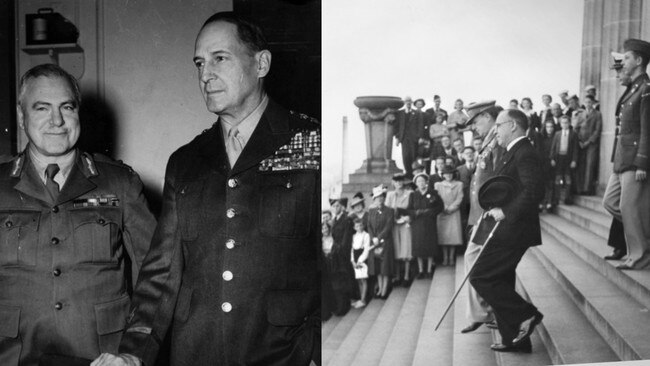
Victoria
Don't miss out on the headlines from Victoria. Followed categories will be added to My News.
In March 1942 a very special guest checked in to the finest suite in the Menzies Hotel in Melbourne.
American General Douglas MacArthur had just taken up his Australian post, hailed by some as a blessing and derided by others as a curse.
Within a month of his arrival, after visiting the Shrine of Remembrance with Melbourne’s Lord Mayor, MacArthur was named supreme allied commander of the southwest Pacific.
That meant Australian troops and service personnel were surrendered to his command.
Australia had little choice.
The Empire of Japan was on the country’s doorstep and couldn’t be held back without help from the Americans.
As he set up headquarters in Melbourne, MacArthur was reported to have said to Prime Minister John Curtin: “We two, you and I, will see this thing through together”.
Melbourne became central to the war effort, not just for Australia, but the world.
Wartime scars and secrets still exist across a city that knew terror and bravery for six wartime years.
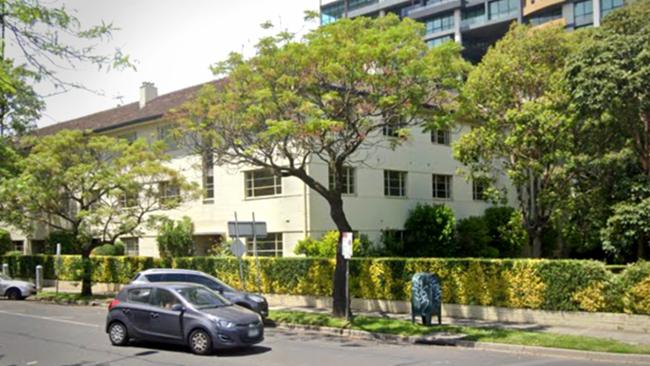
Albert Park code breakers
An unassuming apartment block that still stands on Queens Rd became the unlikely headquarters for a crack unit of code breakers during WWII.
The building on the corner of Arthur St, called Monterey and built in 1940, was the kind of place Melburnians would walk past without a second thought.
But in 1942 it was quietly taken over by the government and soon the sound of demolition and hammering could be heard within.
Walls were knocked through, apartments were joined up and a team of mathematicians, puzzle masters and language experts took up residence, beavering away at Japanese codes.
Radio intercepts established at Park Orchards, among others interstate, saw streams of encrypted messages come through Monterey, analysed by a team called FRUMEL or Fleet Radio Unit, Melbourne.
The consequences were devastating for the Japanese.
Among FRUMEL’s many achievements was the downing of a Japanese plane carrying Admiral Isoroku Yamamoto, made possible by a message decrypted in the block of flats on Queens Rd.
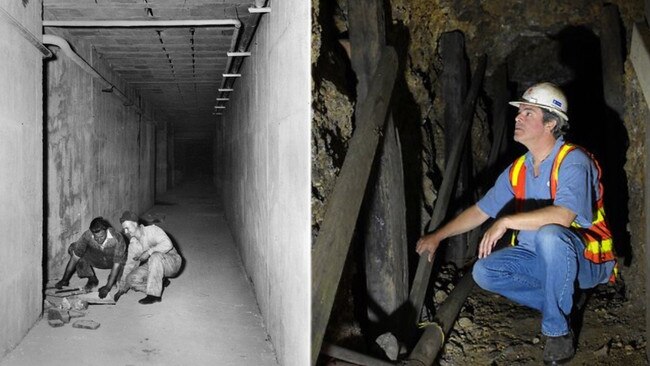
Hidden tunnels
Among Melbourne’s secret underground passages are tunnels thought to be top-secret storage facilities during WWII.
One such tunnel, in the bank of Merri Creek at Northcote, baffled residents for decades and was even blamed for the shifting of foundations in the houses above.
A team of excavators worked for a decade until 2011 to find the purpose of the tunnel, which was believed to have been used by Americans during the war to store munitions during a time when air raid shelters and similar tunnels were being constructed across Melbourne.
In 2013 the tunnel, which had become a safety concern, was filled with slurry and concrete by Darebin Council.
But rumours and urban legends persist about other secret wartime tunnels beneath Melbourne.
Among them is a legend of a huge underground complex beneath Royal Park, said to contain a command centre for General MacArthur himself, which still contains wartime documents and furniture, entombed beneath the grass.
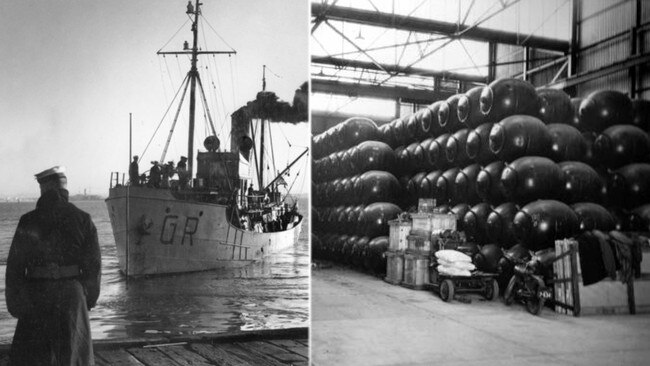
Terror in Bass Strait
An often forgotten “blitzkrieg of the seas” was carried out by the German Navy in Bass Strait in 1940.
Commanding the ship Pinguin, Captain Kruder sailed from Norway to Bass Strait where he wrought carnage on allied ships, sinking a dozen and capturing 16.
Using a captured Norwegian ship he renamed Passat, Kruder secretly laid more than a hundred deadly explosive sea mines in October 1940 around the busiest shipping routes of Bass Strait including the northern coast of Tasmania and waters off Wilson’s Promontory and Cape Otway.
The mines claimed four allied ships, including SS Cambridge and the American merchant ship MS City of Rayville, the first of its kind sunk in WWII.
Before Pinguin was sunk in May 1941, anxiety about sea mines in Port Phillip Bay led to routine minesweeping missions, including those by HMAS Goorangai, a merchant trawler requisitioned by the navy to check the waters off Melbourne for German mines.
Tragically Goorangai collided with the passenger ship MV Duntroon in November 1940 in a horrible accident that killed all 24 crew.
It was the first Australian naval loss of WWII.
Much of Swan Island, which was used as a naval mine depot during both world wars, is still a restricted military area, run by the Department of Defence as a training facility.
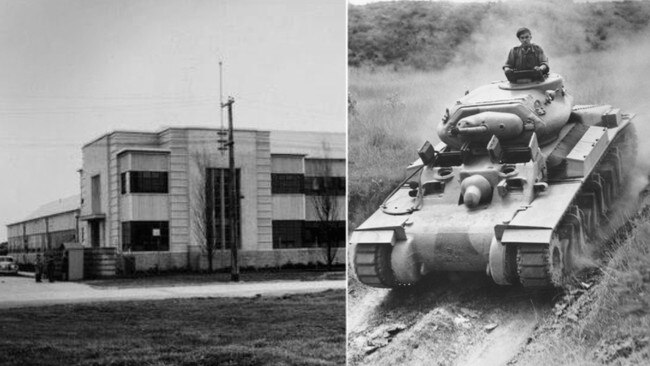
Top secret tank factory
A modest factory in Fisherman’s Bend might well have been the birthplace of Australia’s frost tank during WWII.
The premises at 19 Salmon St, which began construction in 1941, was first used by the Department of Munitions as a top-secret wartime armoured vehicle facility, believed to have made the first prototypes of Australia’s Sentinel Tank.
Tank parts and mock-ups may have been manufactured at the factory, which had since been the subject of a heritage listing debate as Fisherman’s Bend is earmarked for high-rise redevelopment.
The experimental Fisherman’s Bend facility was so important it was visited by Prime Minister Robert Menzies.
Despite heavy investment in the Sentinel tank, it never saw action in WWII due to slow production and the availability of British and American tanks.




